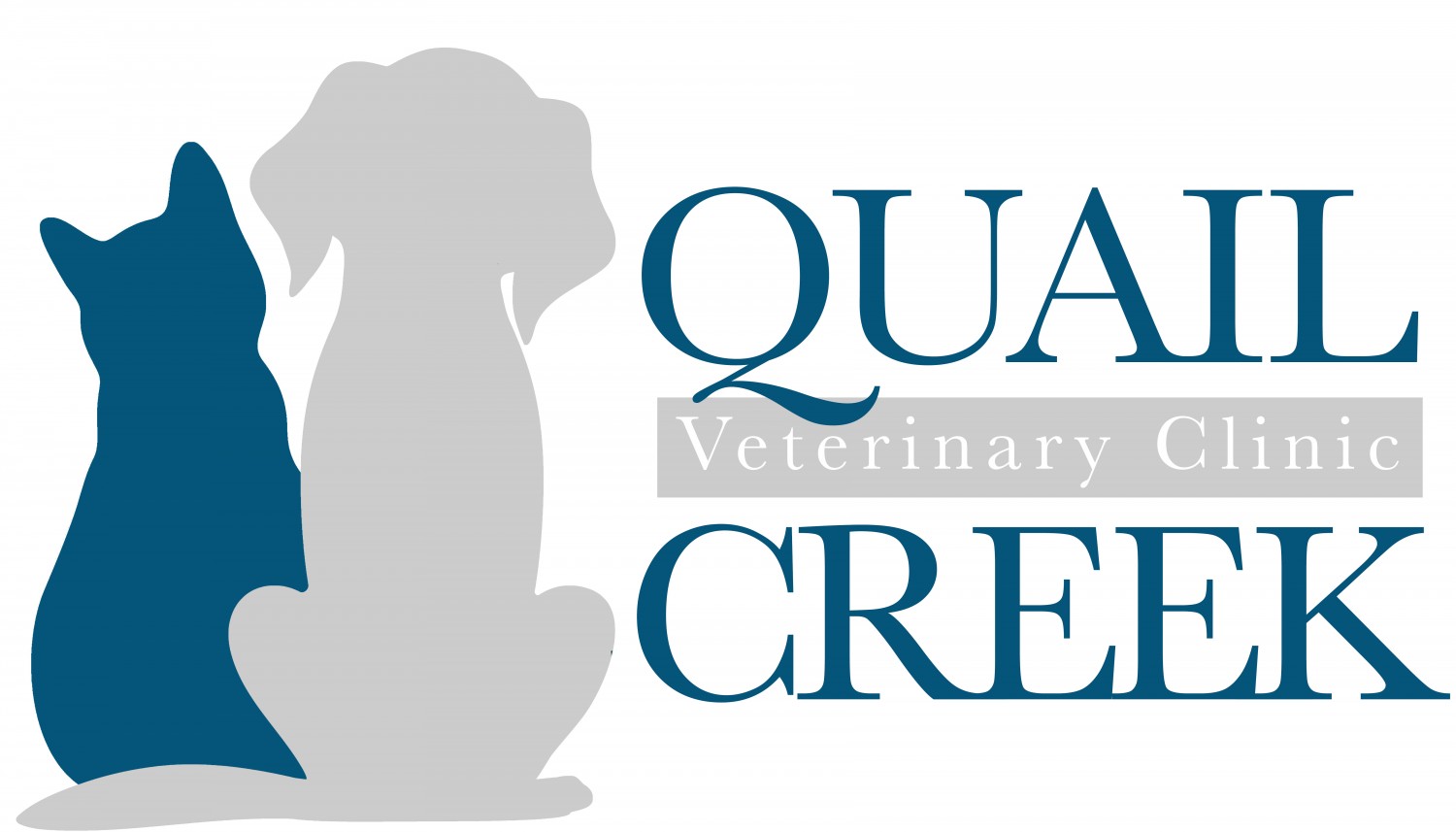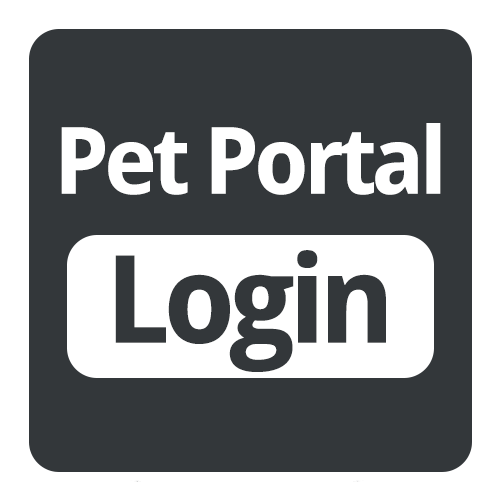|
My veterinarian recommended a dental or a teeth cleaning, what does that mean?
Periodontal disease in pets is a leading cause of pain and discomfort and can have a major impact on the health of a pet.
- Dental calculus takes as long to adhere to a pet’s teeth as it does on people, so ideally we would brush our pets’ teeth as often as we do our own. However, ANY brushing is likely removing the last 36 to 72 hours of plaque and is better than nothing. Brush with pet-friendly toothpaste or no toothpaste at all, the fluoride levels in human toothpaste is too high for pets.
- Once dental calculus forms it weakens the attachment between the gum and the underlying bone causing gingival recession. Gingivitis also occurs from the bacteria in the calculus and causes further gingival recession.
- Pockets of infection can occur under the gum leading to further recession and possible tooth root abscesses.
- Once the gums recede too far the tooth is at risk of infection and being mobile, at a certain point these teeth need to be removed.
- Home care is very important, the Veterinary Oral Health Council has a list of products on their website (www.vohc.org) that they have tested. Any time a pet has a new chew they should be supervised to watch for choking or other issue.
What happens to my pet when they come in for a teeth cleaning?
- Teeth cleanings are outpatient procedures which require anesthesia, your pet will likely go home the same day. Don’t feed your pet that morning, check with our office if you should give medications.
- Your pet will have blood tests done if they have not already been performed to make sure no adjustments to anesthesia are necessary.
- An IV catheter is placed and fluids are started immediately and prior to the procedure to help maintain good blood pressure.
- When under anesthesia your pet will have all their teeth scaled ultrasonically and polished as well as full mouth radiographs to check for abnormalities below the gum line. Your veterinarian will check every tooth for pockets, fractures, and radiographic abnormalities.
- Additional treatments such as extractions, filling pockets, or OraVet sealant are done as needed by the extent of your pet’s disease.
I’m worried about anesthesia, does my pet really need it for his/her teeth to be cleaned?
- It is not possible to do the full comprehensive exam and cleaning that we perform without anesthesia, in addition it wouldn’t be safe to do without your pet’s airway being protected. Non-anesthetic dental services will not be able to clean as effectively, probe for pockets, or have radiographs to look for those problems that we can’t see.
- We do everything we can to make anesthesia as safe as possible, including complete exams and bloodwork prior to anesthesia.
- Home oral care is important, and can buy time before anesthesia is needed. Brushing teeth, dental chews, OraVet sealant and then home application, and rinses can help with gingivitis and further calculus accumulation but will not address the current level of disease. The Veterinary Oral Health Council has a website (www.vohc.org) with a list of products they think are helpful.
| 
